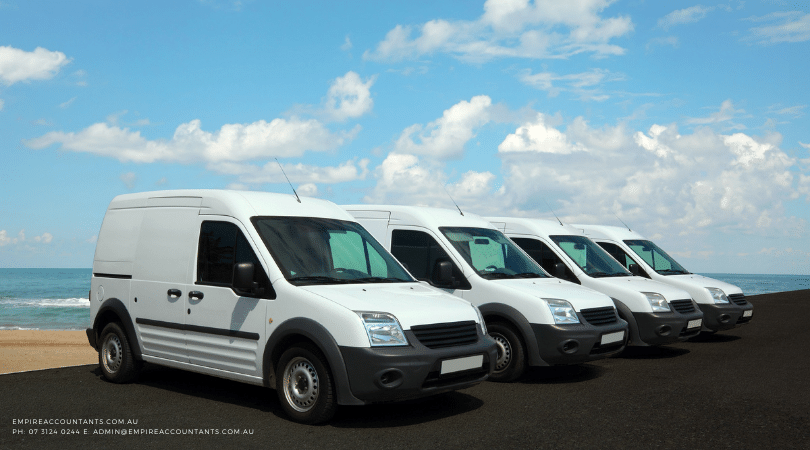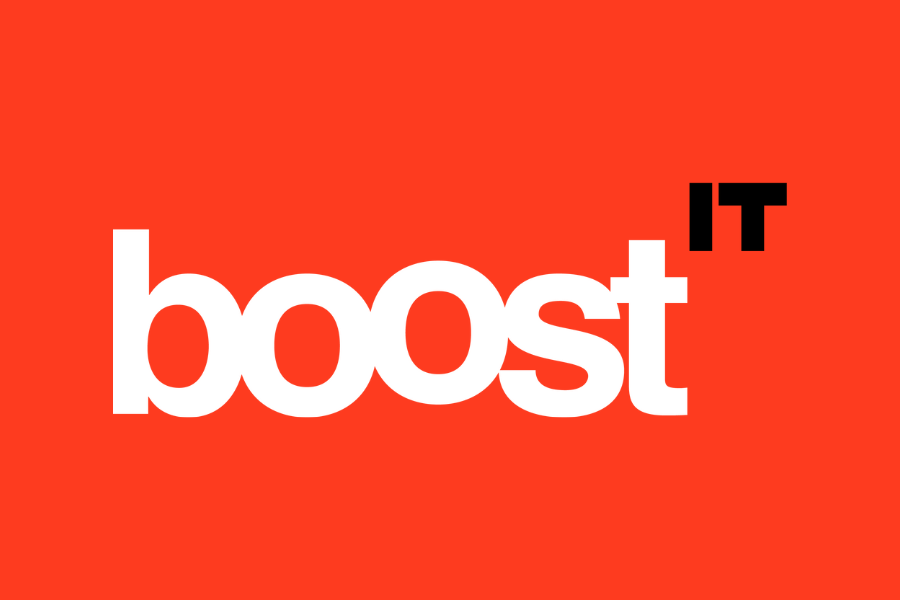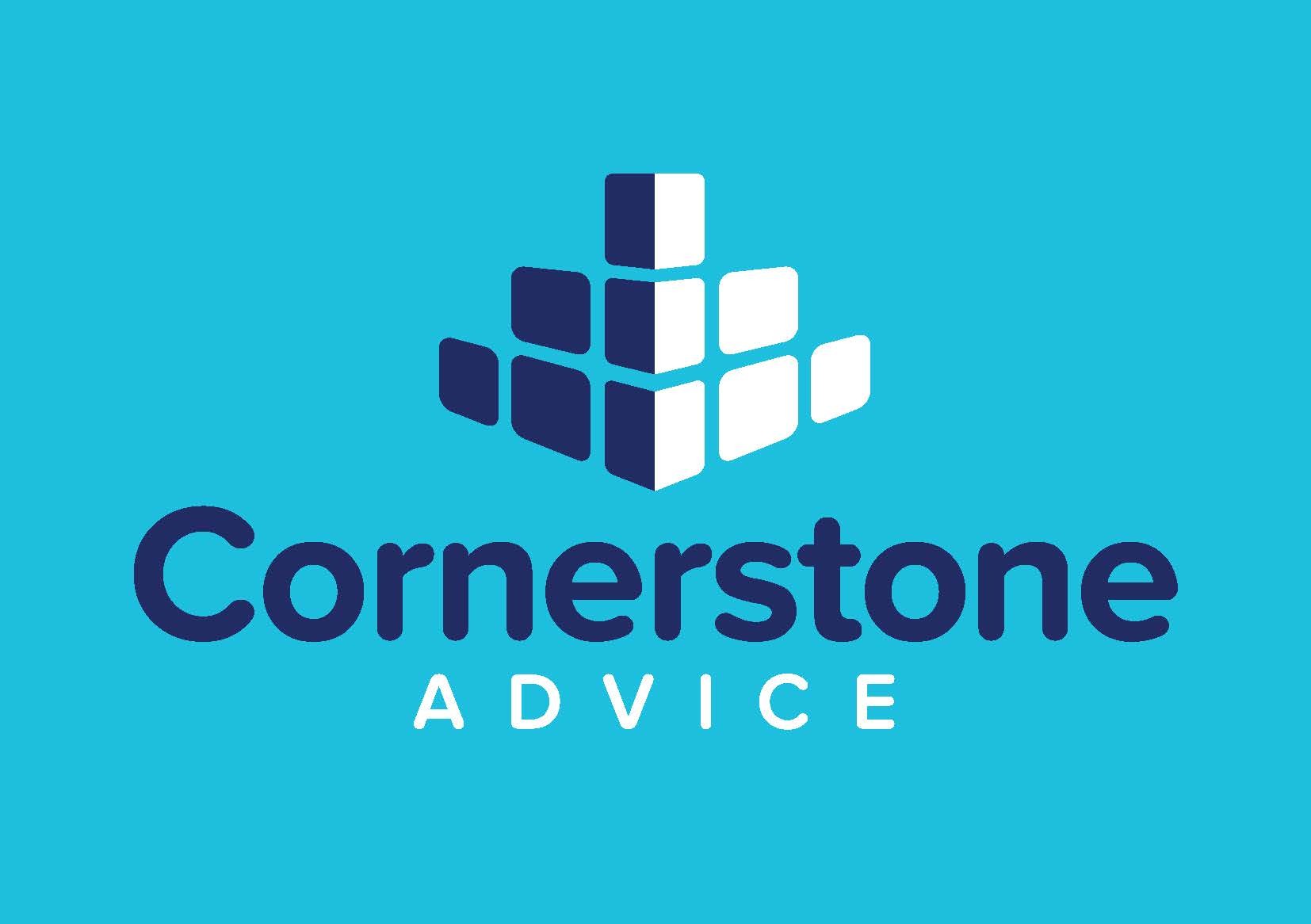The Instant Asset Write-off and Simplified Depreciation Rules
Posted 23 Mar '21

Posted 23 Mar '21

Last year the government changed the instant asset write-off about as many times as one changes their underwear so you wouldn’t be remiss for not knowing what the current instant asset write-off rules are. In amongst the changes, they also added some new language and terms in the mix just to keep us accountants in a job we’re sure.
So here goes our best efforts to simplify the simplified depreciation rules which now appear are not that simple….
You can choose to use the simplified depreciation rules if you have a small business with an aggregated turnover of less than:
• $10 million from 1 July 2016 onwards
• $2 million for previous income years.
Aggregated turnover is based on the income of your business and that of any associated businesses.
Simplified depreciation rules for small businesses include:
• Being able to claim the instant asset write-off for assets that cost less than the relevant threshold; or
• Claiming through a general small business pool for assets that cost the same or more than the relevant threshold, which has simplified calculations to work out the depreciation deduction.
The most common scenario is access to the instant asset write-off. “Writing-off” an asset means the value of that asset can be included as a further tax deduction to reduce your taxable income.
For example, you have taxable income of $100,000 in a company. You qualify for the small business rules so tax on this in the 2021 year is at 26.5% meaning your tax bill will be $26,500.
You purchase a truck for $30,000 on 19 March 2021. This will make your taxable income $70,000. Tax bill is now reduced to $18,550. The purchase of this truck has saved you $7,950 in tax for the 2021 year.
This is where the tricky bit comes into these rules for the 2020-2021-2022 year. The government made three variations to the thresholds during this time, please see below the table summarising these changes.
| 2 April 2019 7.30pm (AEDT) to 11 March 2020 | 12 March 2020 to 6 October 2020 7.30pm (AEDT) | 6 October 2020 7.30pm (AEDT) to 30 June 2022 | |
| Threshold Limit | $30,000 | $150,000 | No threshold claimed under the temporary full expensing provisions |
| Qualifying Assets | New and Second-hand assets | New and Second-hand assets. First used or installed ready for use by 30 June 2021 | New and Second-hand assets. First used or installed ready for use by 30 June 2022 |
This language is again where the ATO is taking the “simple” out of simplified depreciation. Temporary full expensing is a NEW provision that the government introduced which is extended to businesses that have a turnover of less than $5 billion. As the turnover is outside the threshold of the small business rules, a new rule had to be created to encompass the big end of town.
Eligible assets must be first held, and first used or installed ready for use for a taxable purpose, between 7.30pm AEDT on 6 October 2020 and 30 June 2022.
In practical application though and for our SME clients, the rules for temporary full expensing are the same as the instant asset write-off rules.
This was another initiative the government threw in the mix. For that middle period (12 March 2020 to 7.30pm (AEDT) on 6 October 2020) where you were limited to $150,000 on equipment IF you purchased something over that limit in the period between 12 March 2020 to 30 June 2021; then it would go into the small business pool.
Under normal SBE rules, the pool would claim 15% in year 1 and 30% in the following years. The backing business investment initiative means that the initial claim is 57.5% (rather than the 15%).
This was provided that the asset satisfied the eligible asset rules and was not an excluded asset. If you think this is you, please reach out so we can check you tick all the boxes to claim this one.
Let’s return to our table to help simplify this
| 2 April 2019 7.30pm (AEDT) to 11 March 2020 | 12 March 2020 to 6 October 2020 7.30pm (AEDT) | 6 October 2020 7.30pm (AEDT) to 30 June 2022 | |
| Threshold Limit | $30,000 and over | $150,000 | No threshold claimed under the temporary full expensing provisions |
| Qualifying Assets | New and Second-hand assets over $30k are placed in the simplified small business pool | New and Second-hand assets over $150k are placed in the simplified small business pool. If the balance falls below $150,000 as at 30 June 2020, deduct the remaining balance in full | Deduct the balance of the simplified depreciation pool at the end of the income year under full expensing provisions through to 30 June 2022 |
Essentially what this means for our small business clients is that if you have any remaining depreciation in your pools it is more than likely that will be claimed as a deduction either in your 2020, 2021 or 2022 returns.
Before you rush out and buy a Maserati, there is a limitation to the value you can write-off on motor vehicles.
If your business is eligible to claim the instant asset write-off, you need to consider the car limit. The car limit is the maximum depreciation expense you can claim for a car. The car limit applies to passenger vehicles designed to carry a load less than one tonne and fewer than nine passengers. The car limit for the 2021 income tax year is $59,136. You won’t be able to claim the excess cost over the car limit under any other depreciation rules.
If you have stayed with us and read this far and it still seems like I’m talking a different language, then it might be time to give us a call for a chat! 07 3124 0244.
If you get it, but you don’t know how it applies to your circumstance then it would definitely be worthwhile booking in a tax strategy session with your Accountant. In this session we can assess your circumstances for this year to date and estimate the impact these asset write-off rules will have to your taxable position. It’s a great way to provide clarity around your upcoming tax obligations and have a detailed conversation about your business plans prior to moving into a new financial year.
Email: admin@empireaccountants.com.au
Phone: 07 3124 0244.
For more information on our tax strategy sessions, please submit the form below and our team will be in touch.

Boost IT works with small businesses as an extension of their own team delivering an IT department on demand. Client’s use our IT solutions and expertise to enhance capability and cyber security, as well as drive innovation and efficiency.

Running a small business and motherhood may seem worlds apart but as I’ve spent the last 18 months adapting to the role of mum and I've realised the surprising similarities between these two roles. Both require unwavering dedication, resilience, and the ability to juggle multiple responsibilities. In this blog, I'll share the invaluable lessons I've learned from running a small business that has uniquely prepared me for the journey of motherhood.

Cornerstone Advice provides financial planning and mortgage broking services. They specialise in working with busy families and professionals to establish a financial roadmap that maximises their financial opportunities alongside establishing a backup plan to protect against the unexpected.